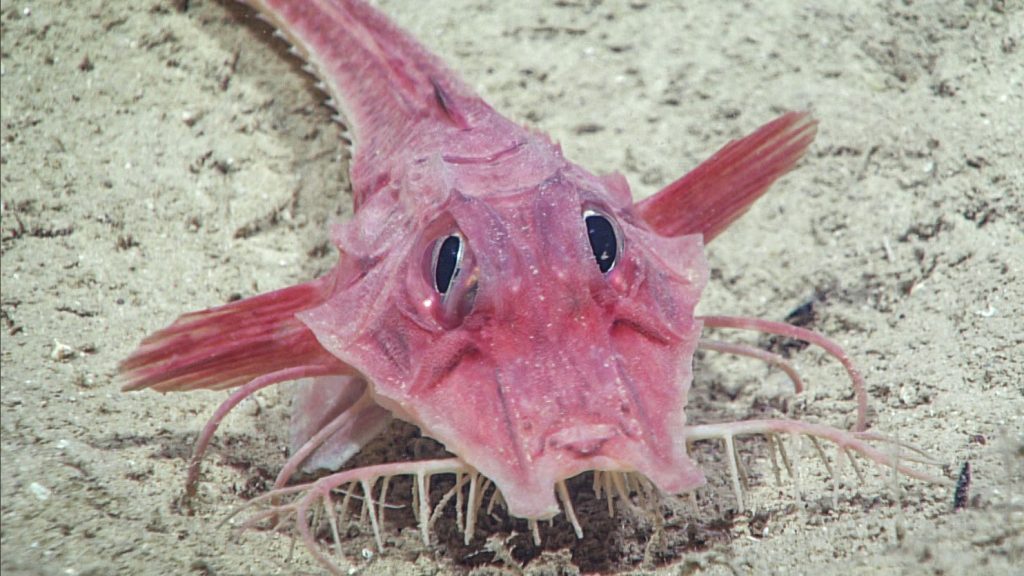Sea robins, fish with bird-like wings and crab-like legs, use their legs not just for walking but also for tasting and finding prey on the seafloor.
Others are reading now
Sea robins are not your typical fish.
With wings resembling those of a bird and legs like a crab, they possess a unique ability: they can “taste” the seafloor with their legs to find hidden prey.
Two new studies, published in Current Biology on September 26, reveal that these strange fish have evolved sensory organs in their legs that help them uncover food while digging.
“This is a fish that grew legs using the same genes that contribute to the development of our limbs and then repurposed these legs to find prey using the same genes our tongues use to taste food—pretty wild,” said Nicholas Bellono of Harvard University.
Also read
The research team, which included Bellono and David Kingsley of Stanford University, stumbled upon these fish during a visit to the Marine Biological Laboratory in Woods Hole, Massachusetts.
They noticed other fish following the sea robins around, possibly due to their ability to dig up prey from the seafloor. Intrigued, they studied the sea robins and confirmed that their legs could detect mussel extract and amino acids, prompting the fish to dig.
Sea robins’ legs are covered in sensory papillae, packed with neurons sensitive to touch and chemical signals. These specialized structures allow the fish to detect and taste their surroundings as they search for food, offering a fascinating example of evolutionary innovation.
“We were surprised to see how much sea robins differ from each other in sensory structures found on the legs,” said Kingsley. “The system shows multiple levels of evolutionary innovation, from differences between sea robins and most other fish to differences between sea robin species.”
Further research revealed that the fish’s unique legs depend on an ancient gene called tbx3a. This gene, which has been around for a long time, plays a key role in developing the sea robins’ sensory papillae and their digging behavior.
“These findings show how evolution works: by tinkering with old pieces to build new things,” Kingsley said.
The team is now keen to explore the specific genetic changes that led to the sea robins’ specialized legs.


